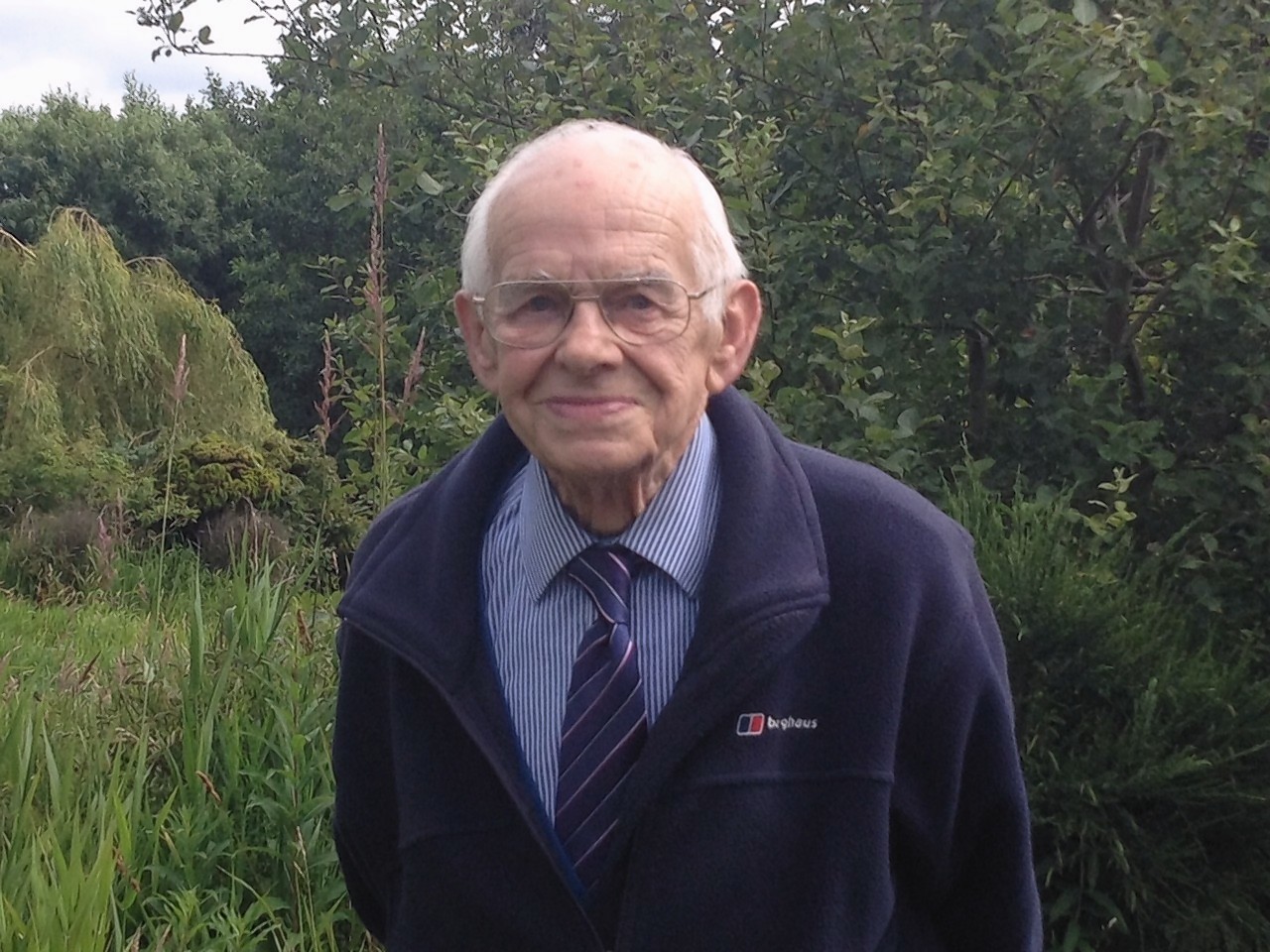It was a labour of love that took over half a century.
And now, a retired north engineer is seeking a company that is willing to build the “magic component” for a fuel-saving engine which he spent more than 50 years designing and developing.
William Lang, known as Bill, patented his technology last year and needs someone to make a key component he calls an RE unit, which mixes various quantities of air under different conditions and links the boiler to the engine.
The 88-year-old believes this will be key to attracting other firms which specialise in building other components of his design, because they will no longer fear having to build the whole engine themselves.
The Ullapool man envisages using his technology for a small scale power station that could feed an industrial unit or a city hospital, and in doing so help save up to 50% on heating and electric costs.
The normal way of generating power in power stations involves steam driving a turbine which drives the generator, but with a lot of heat loss. Mr Lang’s engine would reduce heat loss and save fuel by reducing the amount of heat that goes to the condensers by recycling the steam.
The Ullapool man said that his technology has a fuel efficiency of 48.9% and that most power stations have an efficiency of about 38%.
He says his engine could also be used to power steam ships and help to reduce the transport costs of using diesel-powered ships.
Mr Lang, who retired to Ullapool with his wife Audrey about 30 years ago, said: “There is one item that is important in this invention, known as an RE Unit – it’s a piece of equipment between the boiler and the engine which mixes steam in various quantities under different conditions. This is the magic, this is what does it. We are hoping to get one firm to build this special component. That’s all we want. The company that twigs and builds this is on to a winner.”
Mr Lang, of Talisker, Garve Road, was an engineer on board P&O liners for several years and travelled to Australia, South America and the Far East. He then joined a Glasgow firm that inspected and insured power stations.
He began working on his first scale model of the engine while living in Glasgow in 1964 and by 1970 had completed the work – but ended up blowing it up and leaving a hole in his kitchen wall.
After “thousands of hours” of work he completed his third scale model and proved it could work about five years ago.










